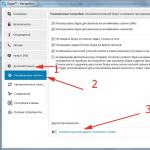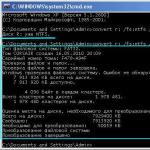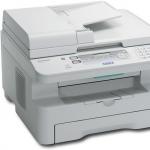Are you experiencing or having problems with your Windows 10 PC/Laptop? Or do you want to repair your Windows 10 installation but don't want to lose apps and data? Here's how you can restore Windows 10 without losing programs and files. Windows 10 settings prompts you to reset your Windows 10 installation while keeping your personal files. But, in the process, the reset removes installed applications, including classic desktop programs.
If you have dozens of programs installed on your Windows 10 computer and tons of data, there is no point in resetting Windows 10, as it does not allow you to save installed applications. If you are having problems on your Windows 10 computer and want to repair the installation and resolve all issues without losing installed programs and data, then you need to use this guide to repair a Windows 10 installation without losing data and applications. To access this guide, you will need either a Windows 10 ISO, Windows 10 bootable USB, or Windows 10 bootable DVD.
Important: as mentioned above, this method will help you save all your applications and data. But, just in case, we still recommend that you back up all your data in a safe place in case something goes wrong or goes wrong during the repair.
Repair installation of Windows 10 without losing data and applications
Step 1: You can skip this step if you already have a Windows 10 ISO image or bootable media. Also, you need to be sure to download the latest version of Windows 10 from Microsoft which uses Windows 10 media creation tool. You can refer to our sources to download Windows 10 from Microsoft for further step by step direction.
Remember that you do not need to download the Windows 10 ISO if you have a Windows 10 bootable DVD or USB. It is also important to note that the ISO image or bootable media must be the same version of Windows 10 that is currently installed on your PC.
Step 2: find the folder that contains the ISO image, right-click on the ISO file and click the Mount button - the option to mount the ISO image. Open This PC to see New Drive. On a PC, you need to right-click on the new drive and then click the open in new window button to open it.
If you already have a Windows 10 bootable DVD or a bootable USB flash drive, you will need to connect them to your computer, then in This PC you need to right-click on the USB drive, and then click the open in new window button to open a bootable USB drive or DVD drive.
Step 3: in the root folder of the ISO/DVD/USB, you will see a settings file (.exe). Double click on the setup file to start installing Windows 10.
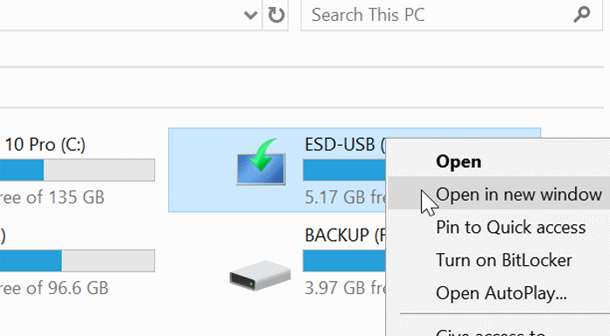
Click Yes if you see a User Account Control message on the screen.

Step 4: You will receive the message “Receive important updates” on the screen. Select the Not now option, and then check or uncheck I want to help make Windows setup the best option.
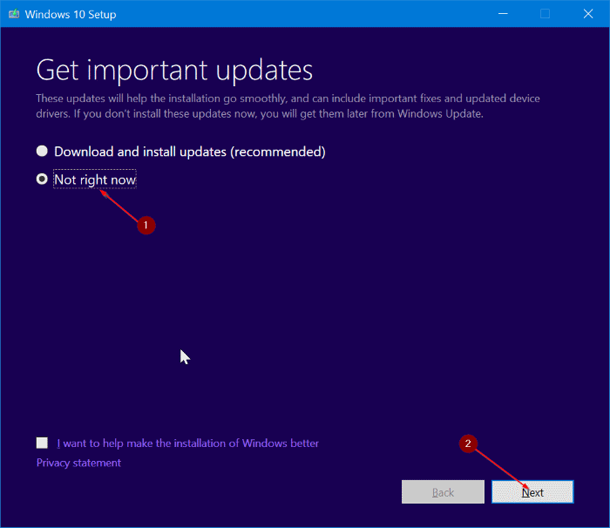
Click next button. You will see “We are getting a few things ready” on the screen for a few seconds.
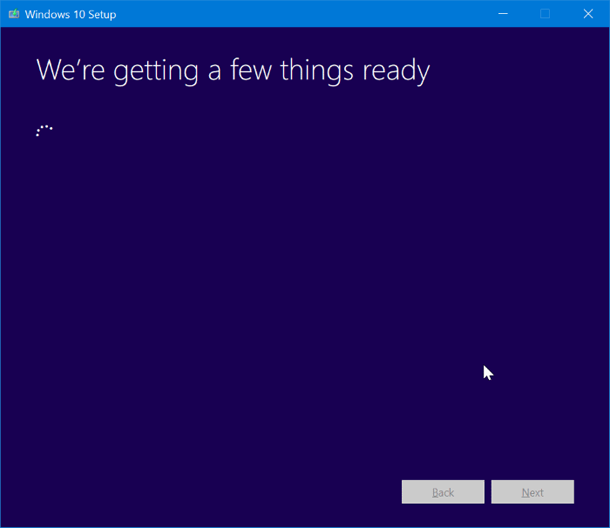
Step 5: Next, you will receive a license agreement on the screen. I agree to the terms of the license agreement, select the checkbox “I accept the terms of the license agreement”, and then click the next button. The installation will now check that your computer has enough space and meets the minimum system requirements.
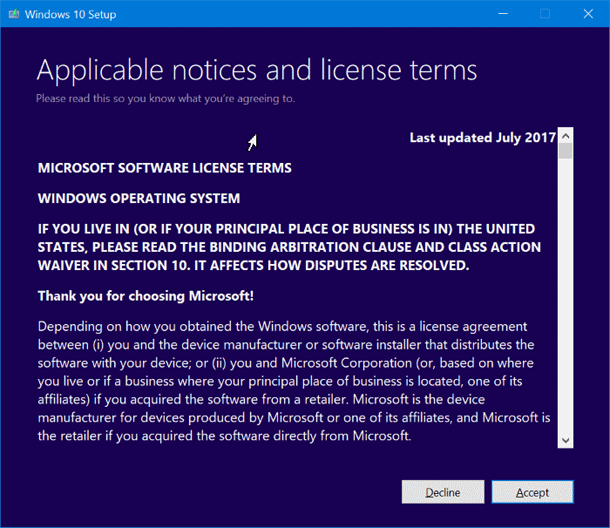
Step 6: after a few minutes, you will receive a message “Ready to install” on the screen. This is the most important step in the procedure. On this screen, make sure Windows 10 Home and Pro is installed and Keep personal files and apps selected. If not, click Change to save the link, and then select Keep personal files and apps, the option to repair your Windows 10 installation without losing data and installed apps.
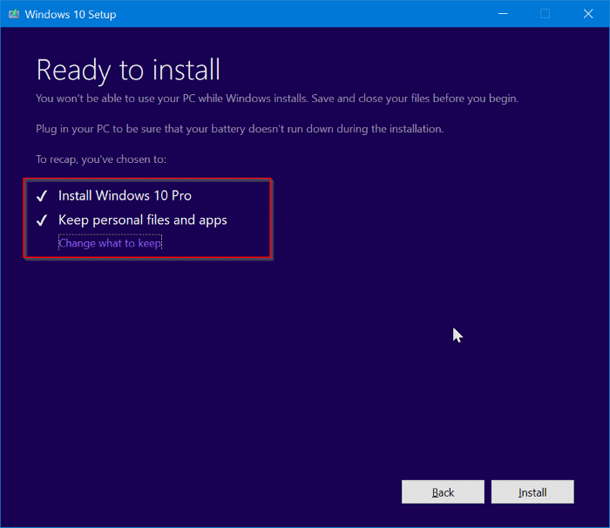
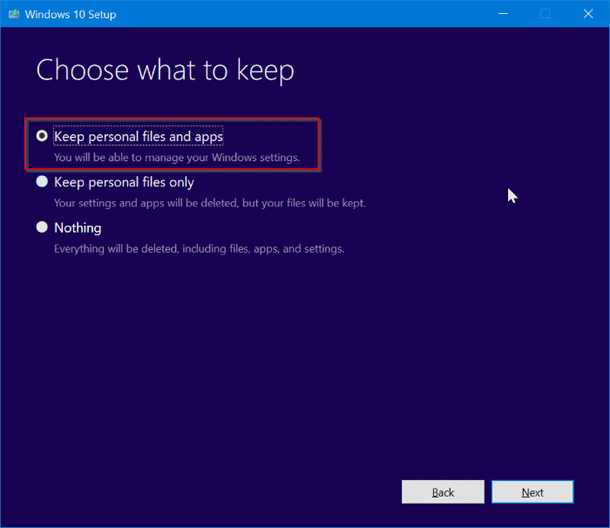
Finally, click the Install button to start repairing your Windows 10 installation. It can take up to an hour to complete the repair or install Windows 10.
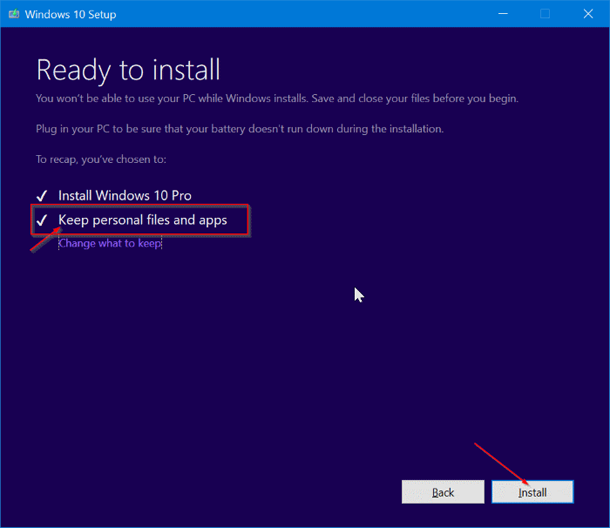
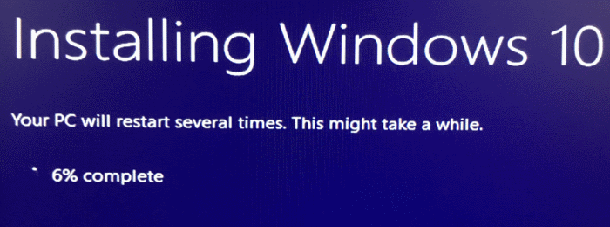
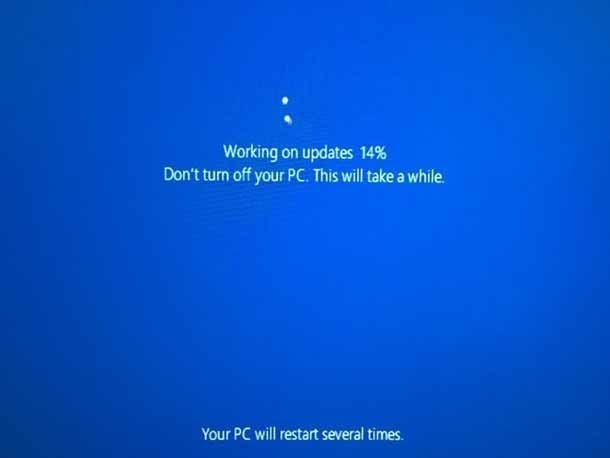
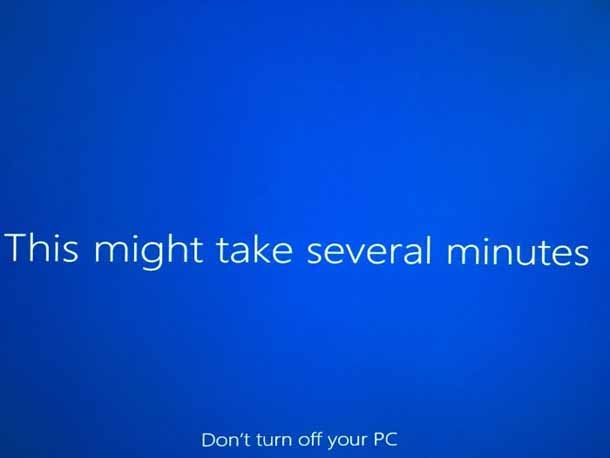
After that, you will see the lock screen in Windows 10. Press the Enter key and then enter your user account password. Windows 10 will display the sign animation for a few seconds before letting you go to the desktop.
That's all! You have successfully repaired Windows 10 installations without losing apps and data.
You might also want to know how easy it is to perform from a problematic PC.

